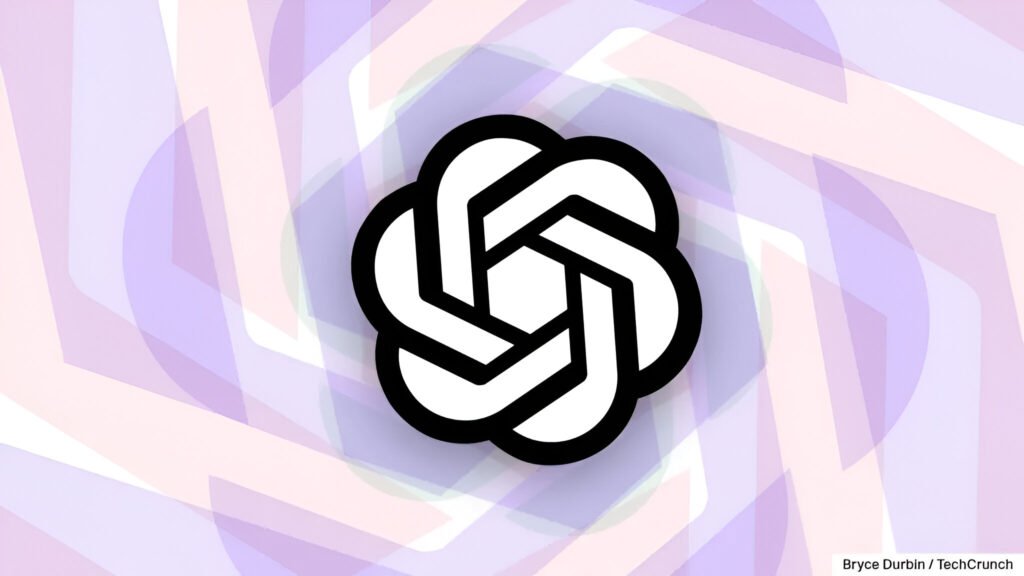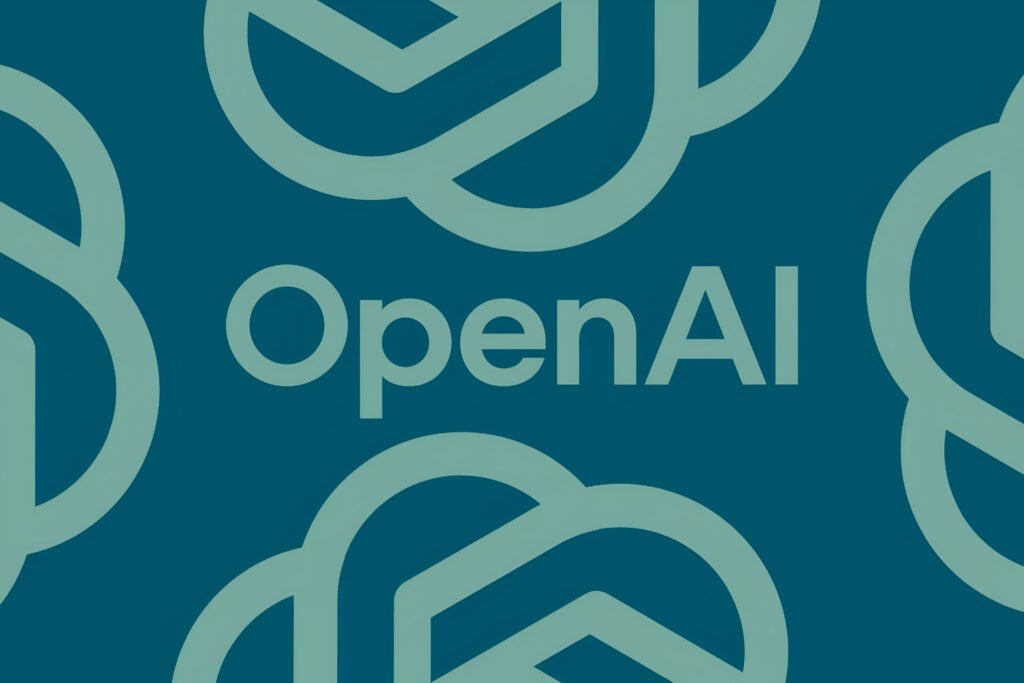
When Sam Altman casually tweeted, “ImageGen is launched in the OpenAI API! Build cool stuff, please,” he probably knew he was understating what might become a game-changer for countless developers and creators across the digital landscape.
The Power of GPT-image-1
Behind the scenes of this new release is “gpt-image-1,” OpenAI’s multimodal AI model that’s already proving its worth. This isn’t just another image generator—it’s the same technology that sent the internet into a creative frenzy earlier this year with those viral Ghibli-style photos and quirky “AI action figures” that flooded social media feeds.
The numbers tell an interesting story of both success and growing pains. In just one week after its initial ChatGPT release, more than 130 million users created over 700 million images. That’s not just viral—that’s a digital wildfire. OpenAI’s servers felt the heat of that enthusiasm, with the company reportedly scrambling to keep up with demand.
Unprecedented Control for Developers
What’s got developers particularly excited isn’t just the quality of images but the fine-grained control now at their fingertips. Imagine trying to explain to someone ten years ago that soon they’d be adjusting AI parameters to generate custom visuals in real-time:
“How fast do you want your impossible image created? How detailed should it be? Transparent background or scenic vista? Oh, and would you like that as a PNG or JPEG?”
This level of customization means a marketing team can generate dozens of campaign visuals that perfectly match their brand guidelines, or an app developer can offer users the ability to visualize concepts on the fly without ever leaving their platform.
Safety and Privacy Considerations
In today’s rightfully privacy-conscious world, OpenAI seems to understand that trust is as important as capability. They’ve built in the same safety guardrails that protect ChatGPT, allowing developers to choose between standard “auto” filtering or a slightly less restrictive “low” setting depending on their audience and use case.
Perhaps more importantly for businesses concerned about intellectual property, OpenAI has stated they won’t use customer data from the API for training purposes. Every image also carries C2PA metadata watermarking, addressing growing concerns about distinguishing between AI- and human-created content in an increasingly blurred digital landscape.

Major Companies Already Onboard
The early adopter list reads like a who’s who of digital platforms: Adobe, Canva, Figma, GoDaddy, HubSpot, Instacart, Wix, and Airtable, among others. Each is finding unique applications for the technology.
Canva wants to turn your rough sketches into polished designs. GoDaddy is helping small business owners create logos without graphic design experience. Instacart is visualizing recipes and shopping lists, while Figma is integrating image generation directly into their design workflow. These aren’t just experimental use cases—they’re practical implementations that solve real user problems.
Accessible Pricing Structure
While cutting-edge technology often comes with cutting-edge prices, OpenAI has taken a surprisingly accessible approach. The cost breakdown—approximately 2 cents for a basic image or up to 19 cents for the highest quality—puts this technology within reach of individual developers and small startups, not just enterprise clients with deep pockets.
This pricing strategy feels almost intentionally democratizing, allowing the next great image-based app or service to come from anywhere, not just well-funded tech hubs.
The Future of Visual Content Creation
We’re standing at an interesting crossroads where technical capability, creative possibility, and practical implementation are converging. The digital spaces we inhabit—from shopping platforms to social media, productivity tools to educational resources—are about to become vastly more visual and responsive to our needs.
The most exciting aspect might be what we haven’t imagined yet. Just as the early days of smartphone cameras gave birth to entirely new categories of apps and services, this technology opens doors to visual experiences that weren’t previously possible.
For developers watching this space, the message seems clear: the tools for the next visual revolution are here, surprisingly affordable, and waiting for someone to build something remarkable with them.









